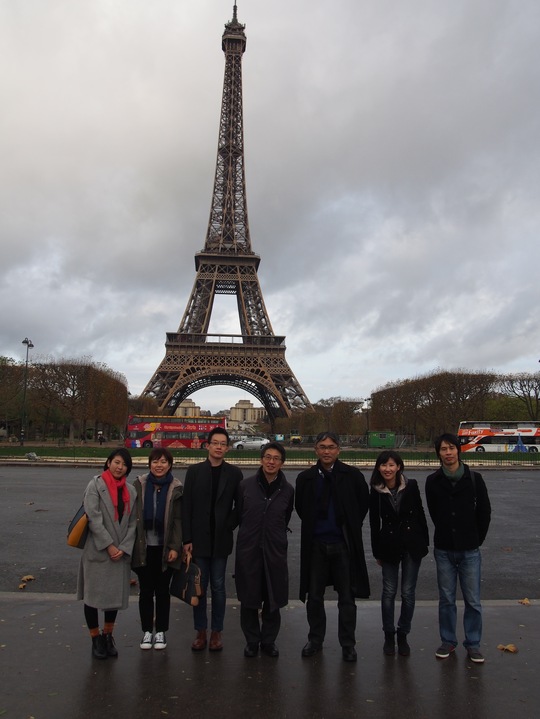
Report: Field Trip to Paris – Participating in the Conference held at the Headquarters of UNESCO “Citizen of Multilayered Identity, and its Sense of Community” Lige BAO
- Time and Date:
- November 18 (Fri.) to November 24 (Thu.), 2016
- Location:
- Paris, France
- Organized by:
- Educational Project 2 “Praxis of Coexistence in Cultural Diversity,” Integrated Human Sciences Program for Cultural Diversity, The University of Tokyo
The main aim of this Paris study trip was to attend the “State of Community 2016” conference and the Phase of the Year Competition held by UNESCO. The theme of this conference was “building a social movement to provide answers to the pressing issues of today as a counter discourse to extremist voices.” The conference sought to provide answers to questions such as: how do we build a sense of community and belonging in a diverse population? How do we educate individuals to effectively and harmoniously apply all of their identities and become global citizens? How do we educate these global citizens about global civic norms? How can new information technology help nations to become as flexible as multi-national networks? Four panels consisting of professors from various disciplines were formed in a bid to answer these questions.
- The topic of Panel 1 was “Citizenship, Ecology, and the Built Environment.” This concerned how ecological thinking illuminates the breadth of ways in which human prosperity is inseparable from the well-being of the earth’s systems. Questions were asked concerning the role of design in engaging the interconnectedness of human and natural systems, the lessons that the field of ecology offers in regard to considering citizenship in the global city, and identifying topics within the design of the built environment that are critical to issues of citizenship and ecological sustainability. By giving examples of different architectural projects, the presenters attempt to solve the above-mentioned questions.
- Panel 2 concerned “Technology of the Driver-less Century: Missing Political and Social Coding.” As we move into a technology-dependent, driver-less century, the need for political and social systems that can respond to new economic and social complexities is critical. How can we create fluid national systems that provide the governance needed at smaller scales while also working with the fluidity of global citizens with multiple identities? How can technology help a society become as flexible as other multi-national networks?
- Panel 3 concerned the “Value of Global Society.” Representatives from the media, academia and international organizations were invited to give their opinions on the new idea of global citizenship, which is a concept designed to overcome the adversities of terrorism, neo-nationalism, and separatism in today’s world.
- Panel 4 discussed “Conditions of Possibility of Global Citizenship in East Asia—A new image of universalizing global citizenship, embedded in the East Asian experience.” In this panel, each professor enriched the discussion on global citizenship by adding examples from East Asia. Professor Takuya Saito elaborated on a Kantian definition of global citizenship and also discussed his experience with diverse practices designed to support civil society in Japan. Professor Kim Hang from South Korea gave insights on the conditions required to foster global citizenship by differentiating the concepts of civil society in Korea and Japan. Professor Cheung Ching-yuen from Hong Kong provided an image of how global citizenship emerged in the Hong Kongese once Hong Kong was returned to the governance of mainland China. Concurrently, Professor Takahiro Nakajima attempted to depict the “spiritual” foundation of global citizenship. He elaborated on the postwar Japanese experience of the establishment of civil society. Finally, Professor Yoshimi discussed the formation, crisis, and transformation of the university; he stated that the concept of global citizenship would be emphasized in the future development of the university along with the necessity of collaboration between various sectors.
In the competition, we—the three participants from UTokyo—gave a presentation under the title “Visiting the old and Learning the New.” We attempted to argue that ancient Asian texts tell us to revisit the old traditions and to learn new things. In order to achieve a trans-cultural and globalized future, we must maintain traditions with pride and with a humble spirit. To revisit the old is to never despise anything, to live in awe of nature and with respect for the others. These qualities are consistent with the core conceptual dimensions of global-citizenship education, which we are now attempting to promote. The qualities that will lead us toward possessing the identity of global citizens in the future are not necessarily found in our modern technical and social innovations; rather, the key may rest simply in bowing to elders and smiling to friends. Concurrently, tragedy and pain from the past does not shackle us, and will help us to advance towards the future. We can face new challenges with the wisdom and courage we absorb from old challenges. Additionally, the concepts advanced by other participants helped us to gain an idea of how to effect the education of global citizens.
Aside from this fruitful conference, we had an opportunity to visit several places in Paris that helped us reflect on the concept of “global citizen” and the construction of the “Us” and “Other.” On our first day, we visited the Marais area and the Jewish Museum—the city’s most famous Jewish neighborhood. It has been home to Jews, intermittently, since the thirteenth century. Different from the museum in Berlin, this Jewish museum traces the evolution of the Jewish world via its artistic and cultural heritage, with a focus of the history of Jews in France since the Middle Ages. Without too much emphasis on the tragedies of World War Two, this museum seems suitable for gaining an objective understanding of Jewish society. Later, we visited areas where African, Chinese, and Indian immigrants live. Through observing these areas, we gained the feeling that the total integration of different ethnic groups is still progressing. This sentiment also arose during our visit to the scene of the Bataclan Theatre massacre (the terrorist attack in Paris on November 13, 2015). A mass shooting and hostage-taking occurred at the Bataclan Theatre on the Boulevard Voltaire which, according to BBC, resulted in the death of 90 people at the venue while many others were critically injured. IS claimed its motive was to punish “crusader” France for its air strikes against Iraq and Syria. This reminded me of a Ted Talk given by Gill Hicks, who survived the London subway attack on July 7, 2005. In relation to the attacker, she said that at the moment of the attack, “I was the ‘other,’ the ‘them’ as opposed to ‘us.’ The label ‘enemy’ allowed him to dehumanize us. It allowed him to push that button. While all what we can do is try to tear up this label of ‘them’ and ‘enemy.’” Historical heroes such as Aung San Suu Kyi, Mahatma Gandhi, and Nelson Mandela achieved their goals all through peaceful protests, which is a fact that we must consider.
In all, this study trip in Paris gave us a deep understanding of the current situation and allowed us to understand the urgent need to create a new identity to address brand-new situations in the world, encouraging us to reflect on possible solutions to such issues.
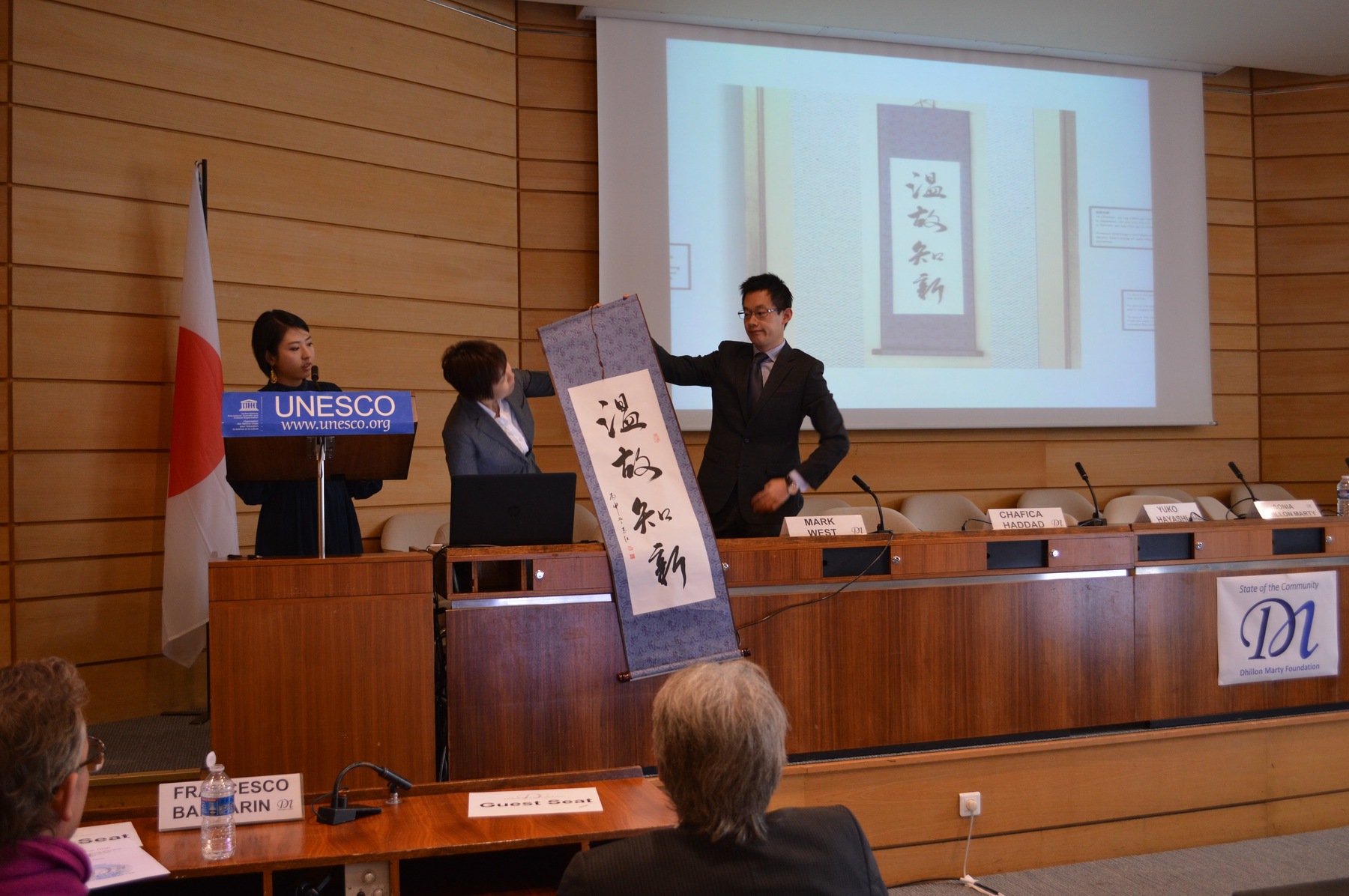
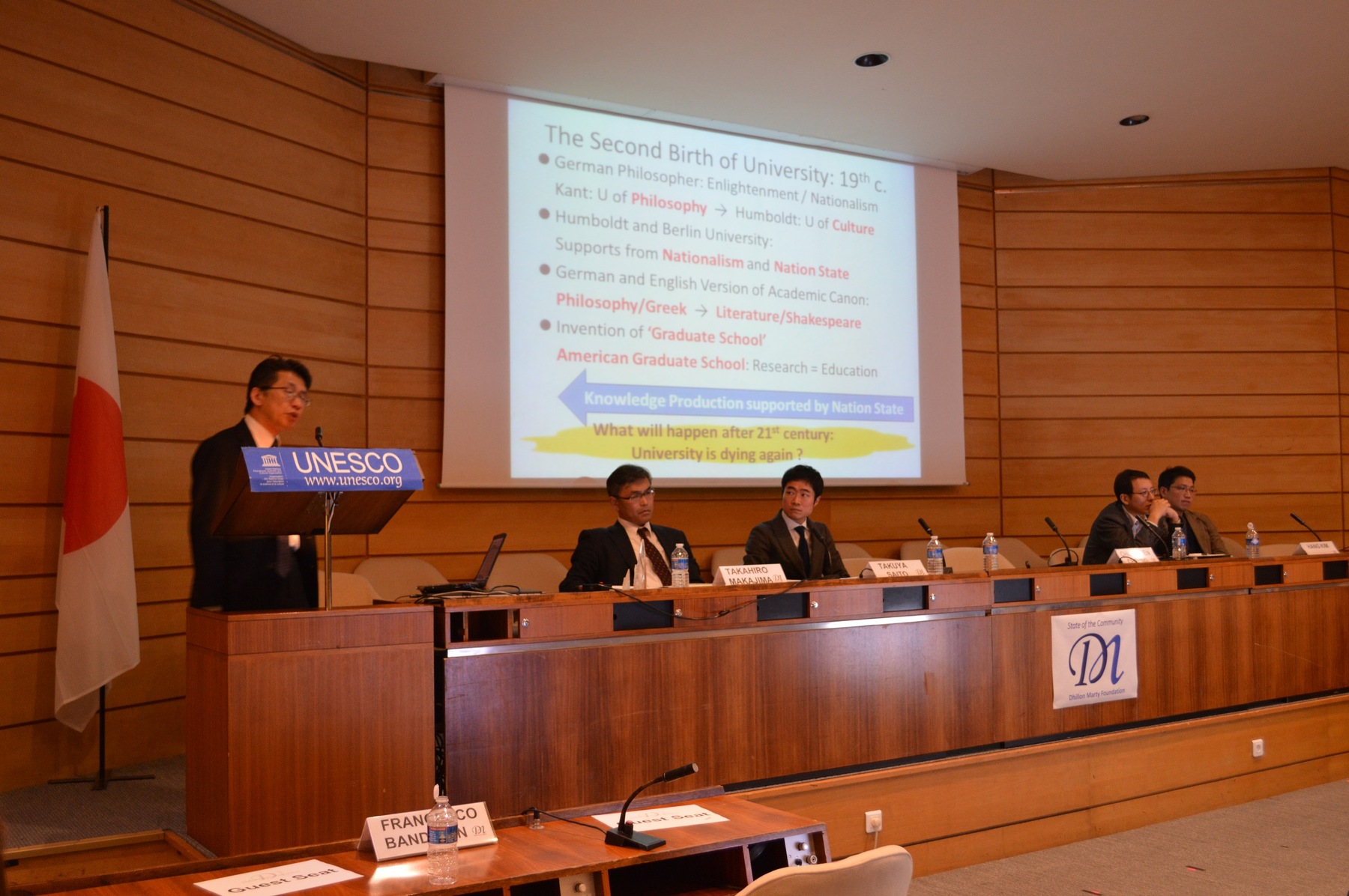
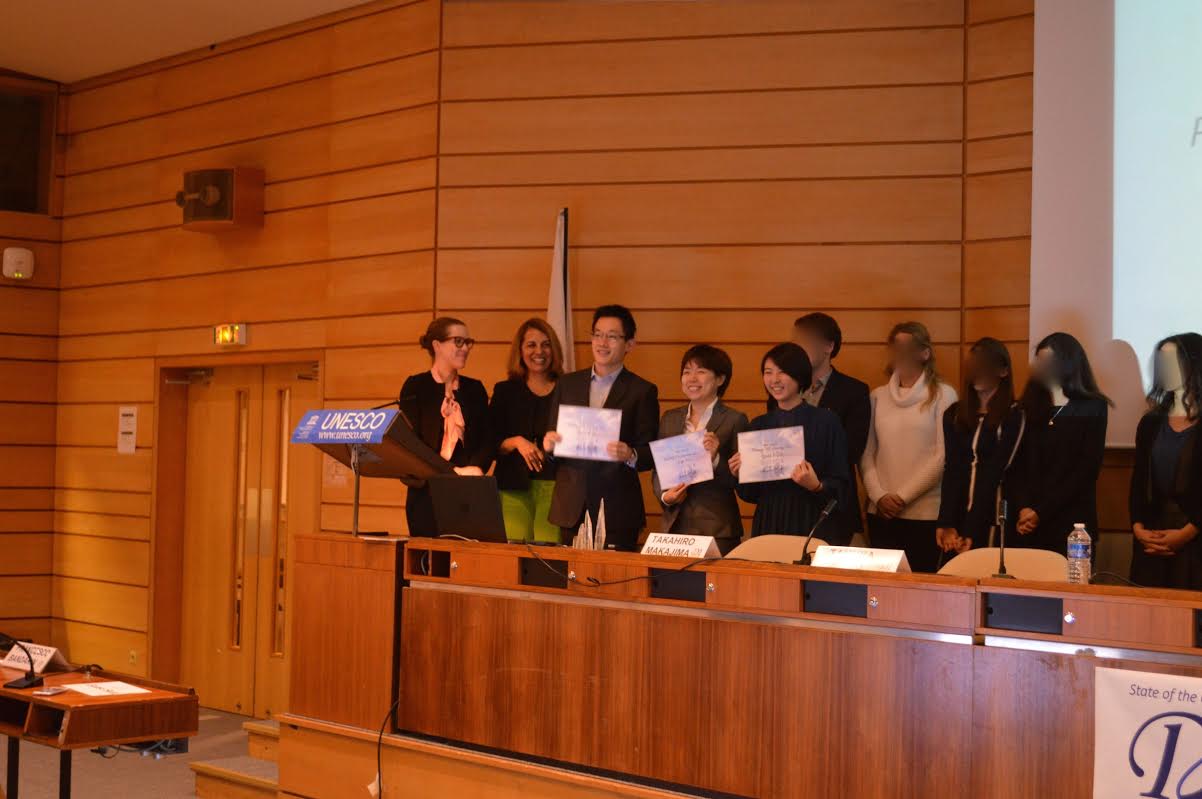
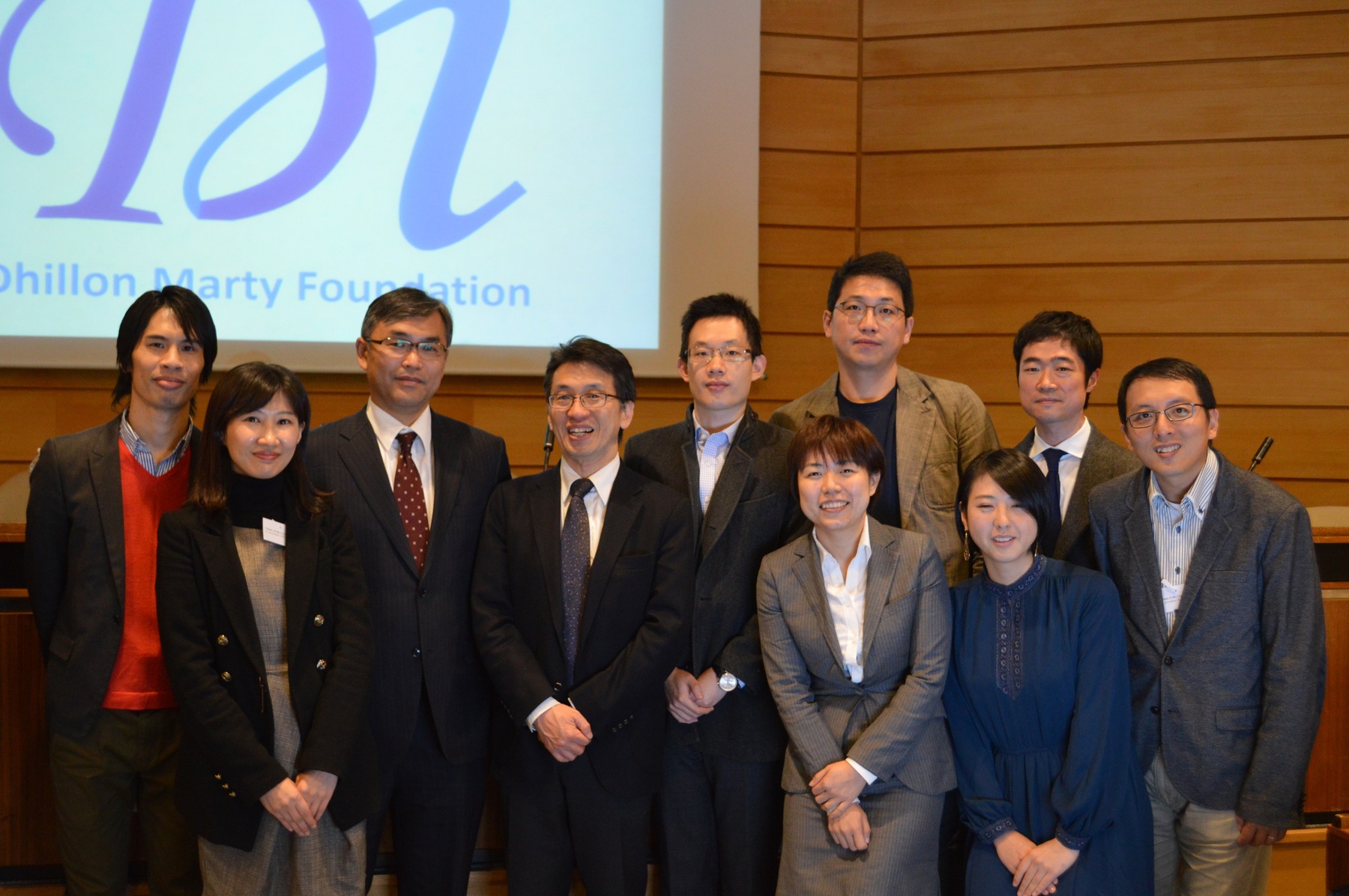

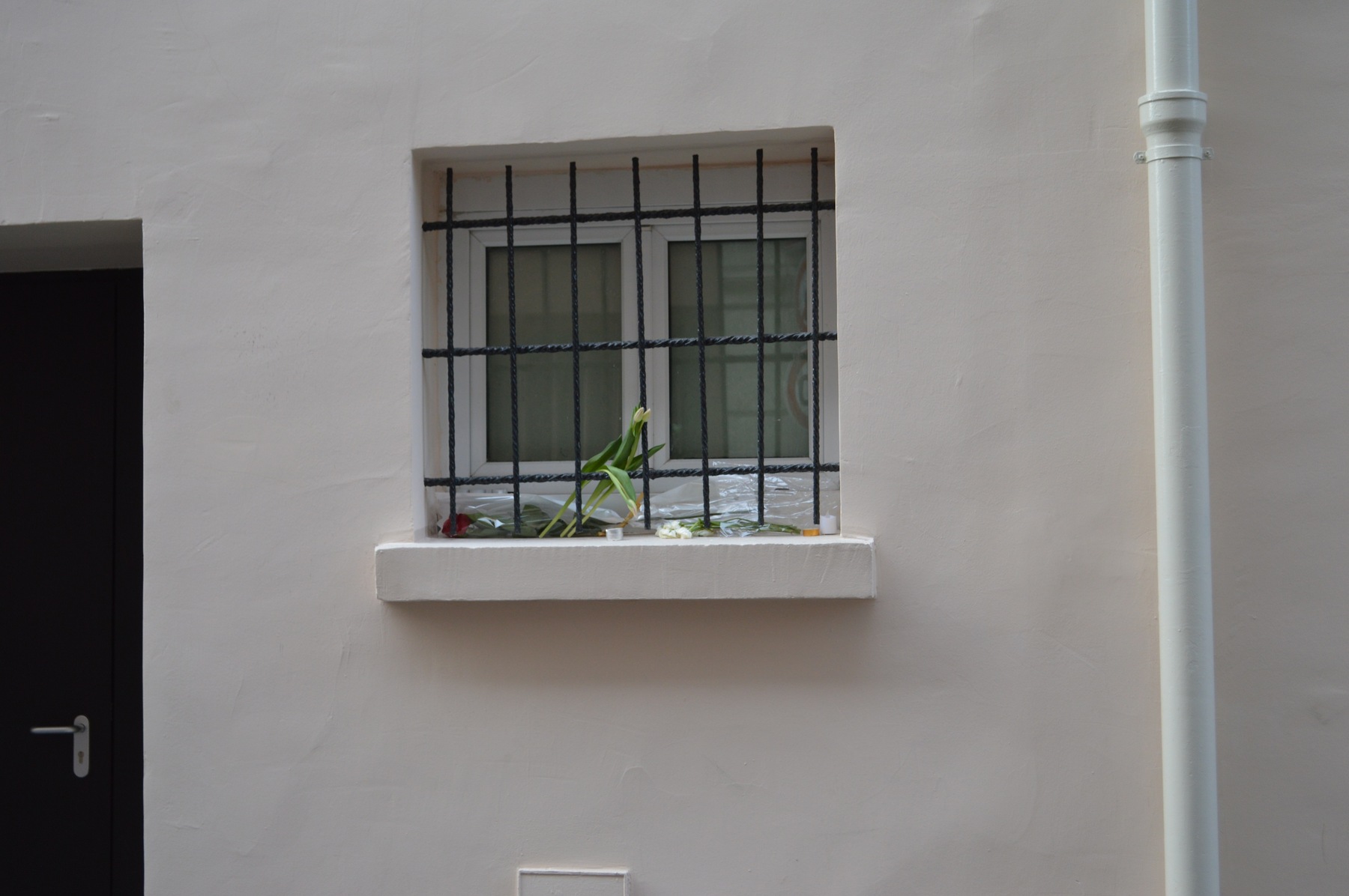
報告日 : 2016年12月10日


